The Roman Baths | The Roman History
Have you ever wondered what the history is behind one of the U. K.’s biggest and must-see tourist attractions, The Roman Baths? Well, read on to find out more.
A Fabled Foundation of Bath
We hold a common belief throughout England that the Romans founded Bath. Whilst the Romans established the Bath we know and love now, there is a remarkable story surrounding its foundation that you might not have heard. According to legend, Bladud, the eldest son of the Celtic King Lud and father of King Lear founded the city of Bath. Banished from the kingdom because of his incurable leprosy, Prince Bladud became a swineherd. However, as his luck would have it, the Prince’s pigs caught his skin condition and as a result, they weren’t prospering.
Luckily, his bad luck was about to change, and he had his herd of pigs to thank for it. One day Prince Bladud found his pigs rolling in a nice patch of warm mud and miraculously he observed that those pigs had emerged leprosy-free. Amazed at the healing powers of the hot spring, he applied the mud to his skin and experienced the same cure! Prince Bladud now returned to his kingdom, where he eventually became the 9th King of the Britons and supposed founder of the City of Bath…. well, at least according to legend. However, officially the Romans were the founders of Bath, or as they called it Aquae Sulis, but many historical texts reference Bladud, inscribing him as the founder of Bath.
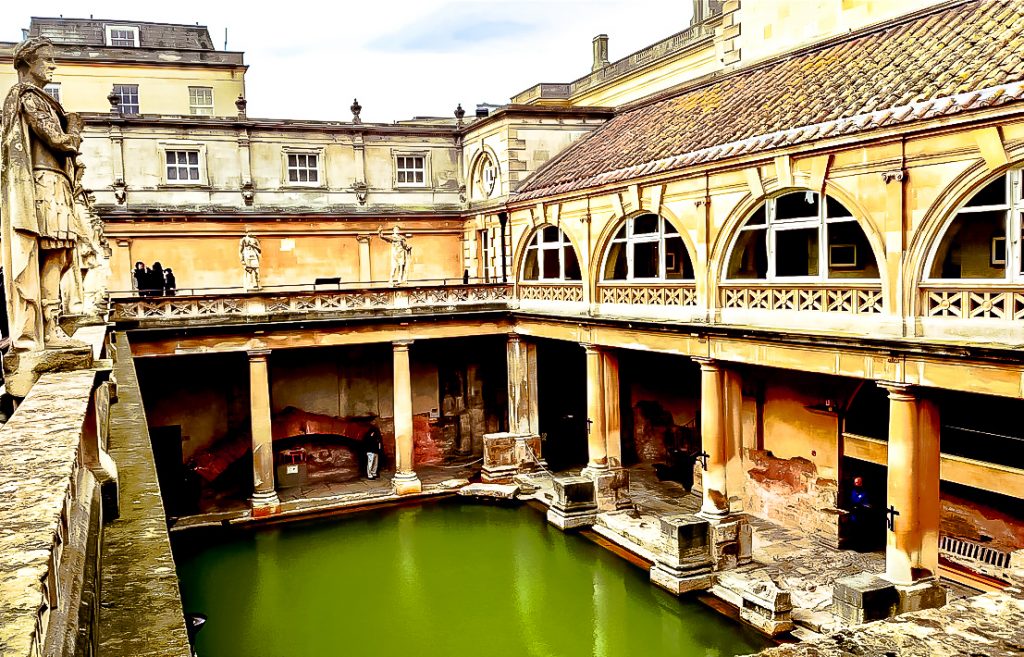
Overview: Roman Britain
Learning of this tale has reminded me of one of the wonderful things about living in Britain. It has a long tapestry of documented history. There is an abundance of historical records, allowing us to experience history as it had originally unfolded. And the Roman Baths do just that. They have recaptured a period of British history perfectly. And when you visit, you’ll experience how the Roman occupation of Britain contributed and impacted our society.
Between 43 to 410 AD, Britain was under Roman rule. It was during this period that the face of Britain changed forever. During this time, Britain experienced huge strides in architecture, industry, urbanisation and agriculture. Despite Rome’s failure to conquer the entire British Isle, these economic and social advancements left a mark. It allowed for a ‘Romano-British’ culture to emerge.
The Roman Baths Entrance
The import of this new culture is obvious as soon as I walked through the entrance to the Roman Baths. Encircled by breathtaking architecture; consisting of high walls, domed ceilings with images of the four seasons and a large centrepiece chandelier that speaks of the magnificence of the Victorian reception hall. I knew immediately that I was standing in an important site, the history of wealth, power and prestige synonymous with the Romans channelled through the walls and lights of the reception.
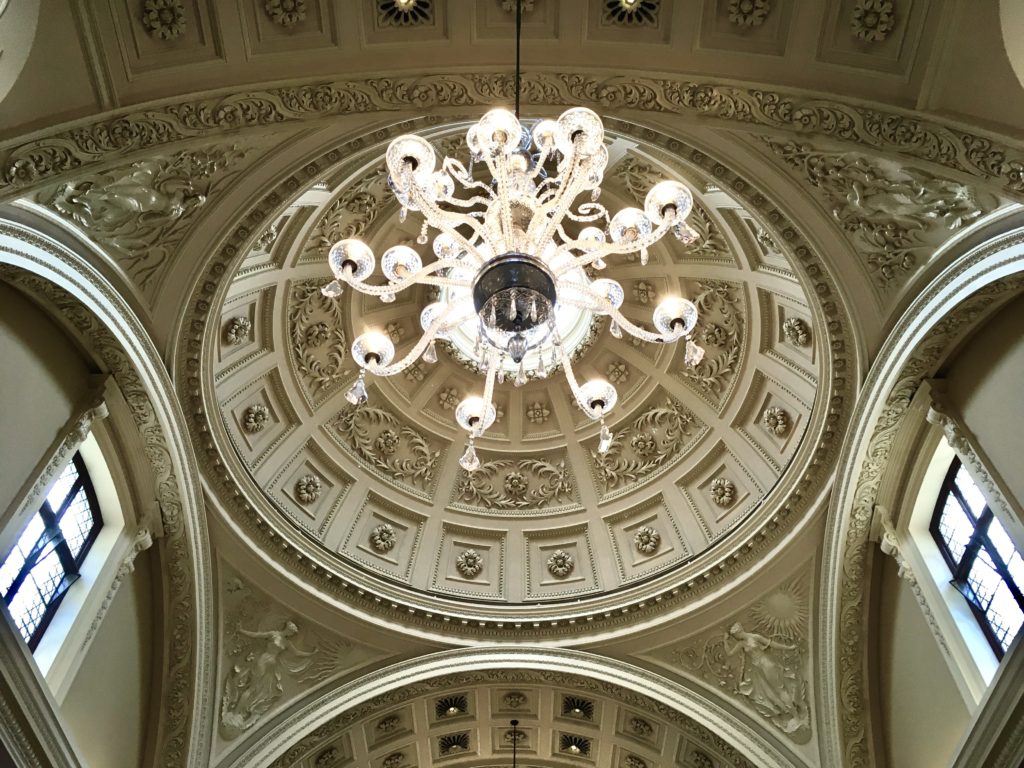
But even this grandiose entrance couldn’t prepare me for the introduction to the well-preserved Roman Baths. The first view visitors get is from the terrace that overlooks the Great Bath. The Victorian statues of Emperors and Governors of Britain that date back to 1894 also line this terrace.
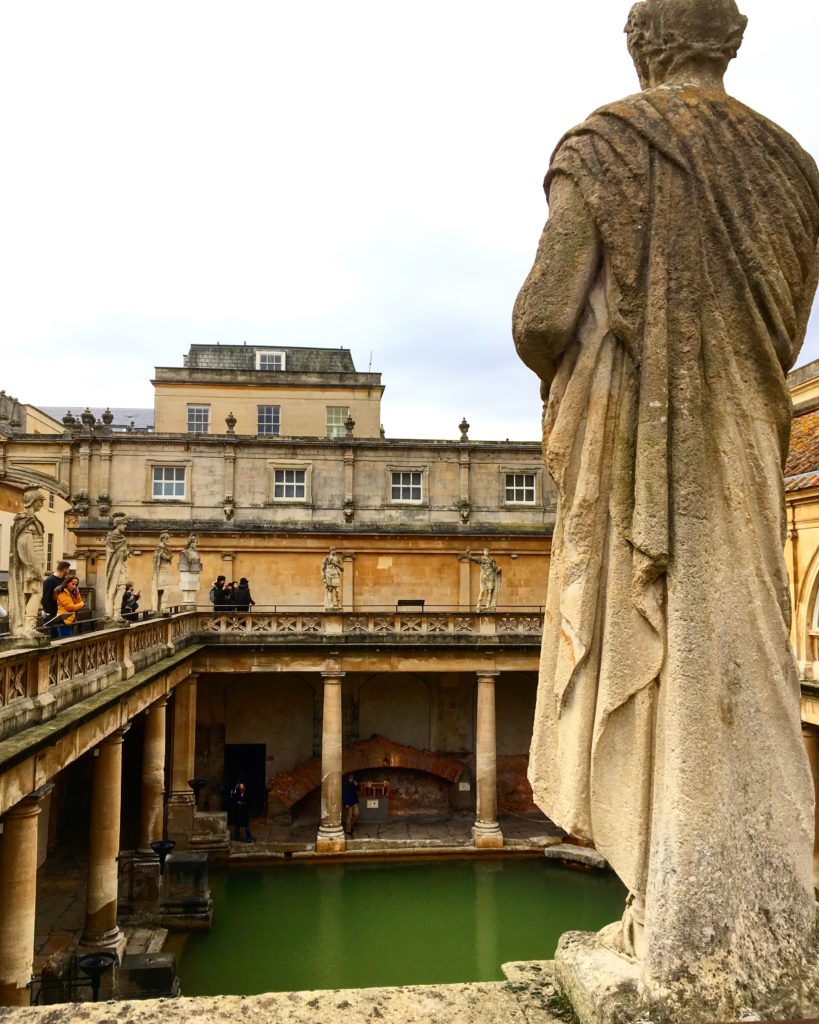
Historical Figures at the Roman Baths
Standing before these great historical figures, including the famous Julius Caesar, Constantine the Great and many more, the time-darkened but ever strong pillars and the ancient-looking green waters of the Great Bath came to life. Despite the statues inception less than 200 years ago, it speaks of an idea where society had a patriarchal hierarchy. It also suggests a time-honoured tradition of the powerful individual, over the common masses being immortalised. These statues represent both the Roman and British society under Roman occupation. In addition, they act as a reminder that history is remembered through the stories of those governing the winning side. These looming statues generate an energy and buzz that made me feel as if I was being transported in time, back to a more ancient period.
The Great Bath
Leaving the terrace, I then descended the stairs and walked around the Great Bath. Here, it is even more easy to imagine yourself relaxing with Roman citizens or discussing economic or political events with Roman dignitaries whilst bathing in the pool. The niches around the bath suggest that once there would have been benches for bathers and possibly tables for drinks or snacks. As I further explored the Baths, I found out that the eastern range of the Roman bathhouse reveal what the changing rooms and saunas would have been like. Whilst the western range includes a sequence of plunge pools and heated rooms that still have a surviving hypocaust pilae that shows how the Romans heating system would have worked. All of this evoked the sense that this place was once the social hub of the Roman community.
A Place of Worship
The Romans could only explain the remarkable phenomenon of the hot spring water as the work of the gods. The hot water became synonymous with healing, either by bathing in the thermal waters or as in the 17th Century – drinking the spa water to cure certain conditions. A fun little fact for you all, visitors can still experience tasting the spa water either in the Roman Baths site or the Pump Rooms. Because of the waters healing powers, the Romans built a religious spa complex on the site of the original hot spring by 75AD. The Baths weren’t just a social hub, they were now a place for religious practices.
Who is Sulis Minerva?
To keep good relations with local people, the Romans combined Celtic and Roman elements of religious worship, naming their new temple Sulis Minerva. This is significant as the Celts first built a shrine at the springs but dedicated it to the goddess Sulis, who they believed was a ‘life-giving deity’ with healing powers. This goddess Sulis became the goddess Minerva. However, the name of Sulis remained in use, leading to the town’s ancient Roman name of Aquae Sulis, “waters of Sulis” in the 1st century AD.
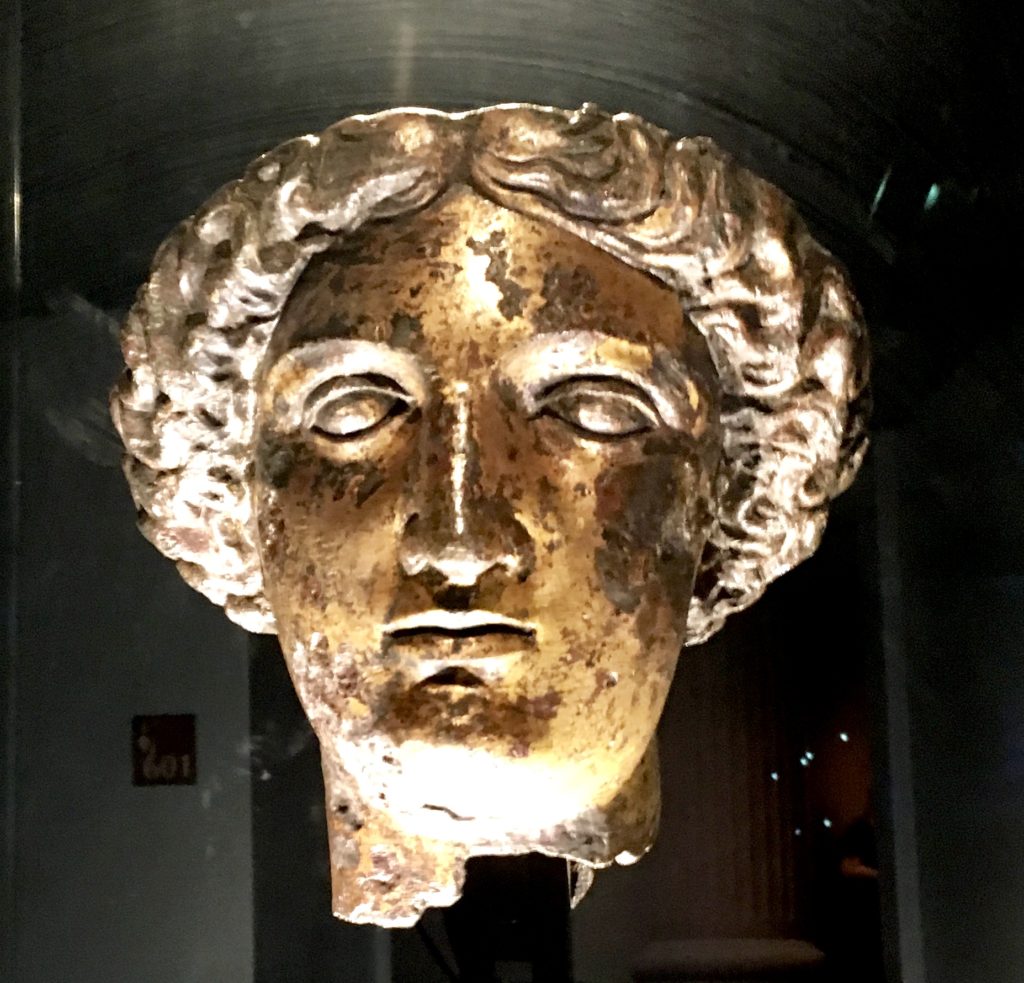
The Roman Baths display the goddess Sulis Minerva in all her glory. Here she is a gilt bronze head in the Roman Baths’ Temple Courtyard. This courtyard shows where Roman worshippers gathered to pray and undertook sacrifices at the great altar. As the home to Sulis Minerva’s head, it speaks of the prominence and power that religion played in Roman’s lives. Additionally, the slightly larger than life-size gilt head suggests that the original statue was an imposing sight. This again shows Minerva’s influence and authority.
One example of this is the abundance of curse tablets found in the Sacred Spring. These are thought to be offerings made to the goddess Minerva. The Romans wrote these curse tablets on lead, rolled them up and cast them into the sacred pool. Those found offer an intriguing and informative insight into daily Roman life. Minerva’s importance becomes more obvious as you walk around the Roman Baths. For example, one curse tablet shows an individual prayer to Minerva for vengeance. He wanted the man/woman who stole his hooded cloak to get what they deserved.
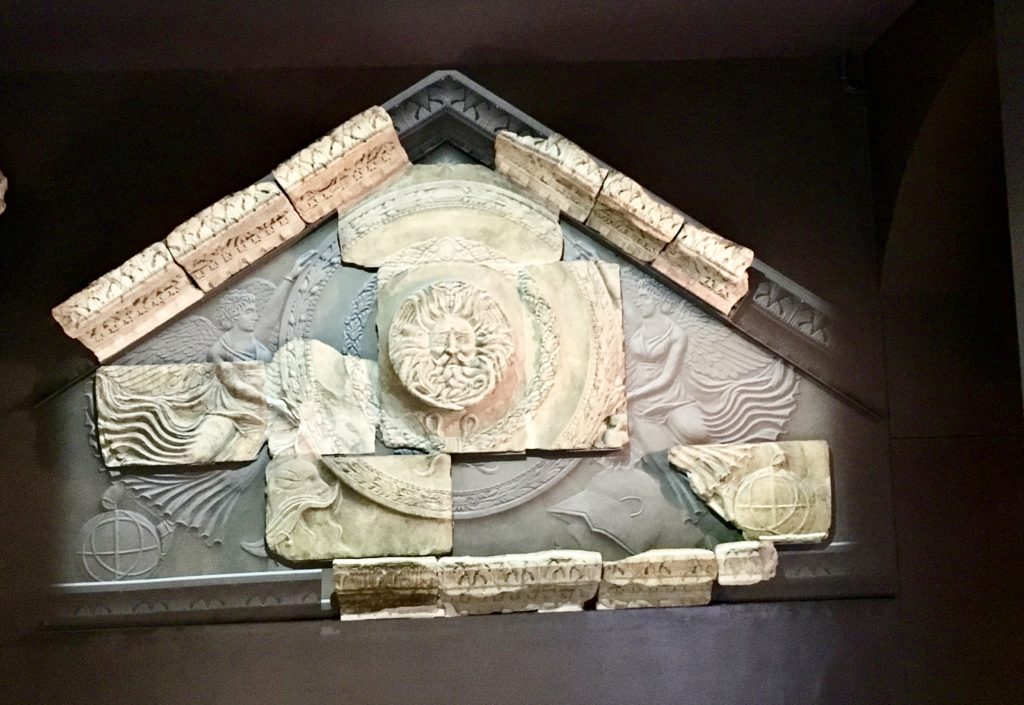
The Roman Baths & the Gorgon
Besides Sulis Minerva’s head, the Roman Baths offer a glimpse of the temple’s pediment and Gorgon’s head. Originally, supporting the pediment was four large, fluted columns. In the centre was a powerful image of the Gorgon’s head. He is looking down on all who entered the temple from a height of supposedly 15 metres. This pediment is full of allusions, including Titrons; half men and half fish servants of the water god Neptune. There is another interpretation of the Gorgon’s head. This one believes the snakes entwined within the heads beard and hair represent the head of a mythical creature. This creature is supposed to have been killed by the Greek hero Perseus with the help of the goddess Athena.
Following this, Perseus gave the head to the goddess, and she bore it on her breastplate thereafter. The Romans believed that the goddess Minerva was the same deity as the Greek Athena. Both Minerva and Athena were supposed to have the same powers and attributes. Both embodied wisdom and undertook her responsibility for warfare. This belief places her at the heart of the Roman Baths. It also highlights the peoples’ love and devotion to the protectress of the Roman populace.
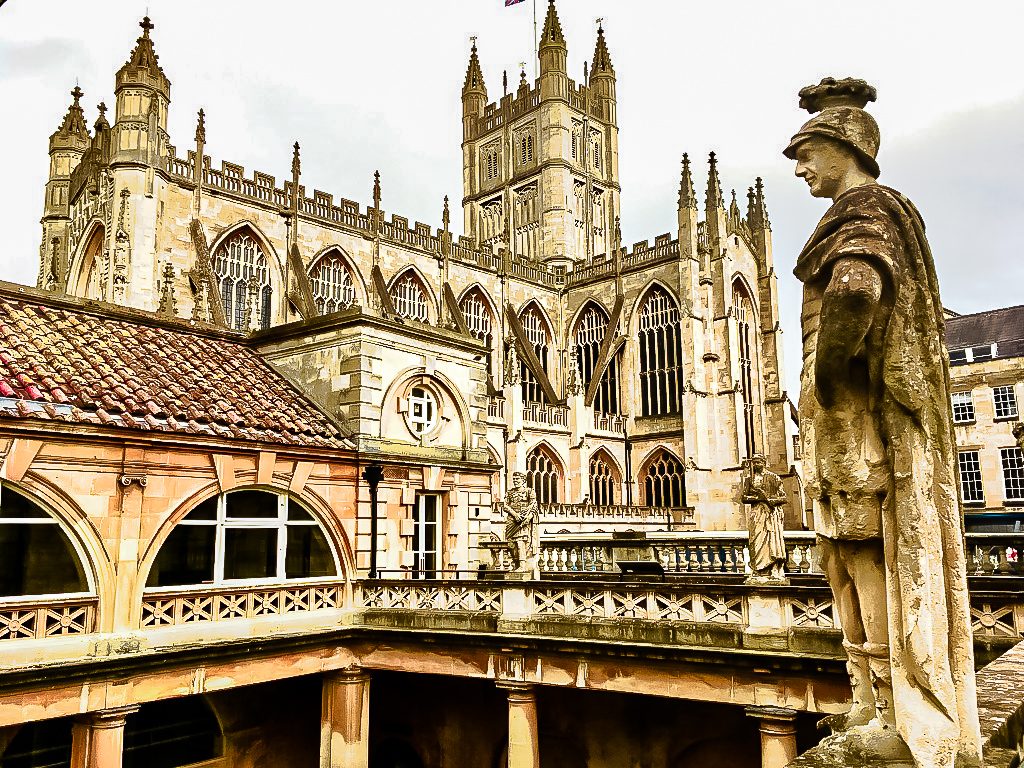
What happened to the Roman Baths once the Romans left Britain?
As Christianity supplanted the gods of Rome and the Romans eventually withdrew from Britain in the early 5th century, the Baths fell into despair and neglect. However, the spa’s water remained a popular treatment for internal conditions and illnesses. But the site wasn’t rediscovered until the 19th century when Major Charles Davis – the city surveyor architect who investigated the leak from the King’s Bath spring – found Roman remains. The Roman Baths then reopened to the public in 1897.
Although the Baths themselves are no longer safe for swimming, one can still drink its waters, imagine wearing a toga, relaxing in the baths and being a Roman. For those who love history and culture or want a fascinating day out, then I can’t recommend the Roman Baths enough!
Finally, if you enjoyed this post, check out some of my articles on Bath’s Prior Park Landscape Garden and Reasons to visit Bath. And be sure to subscribe to my blog so you don’t miss out on another inspiring travel article!

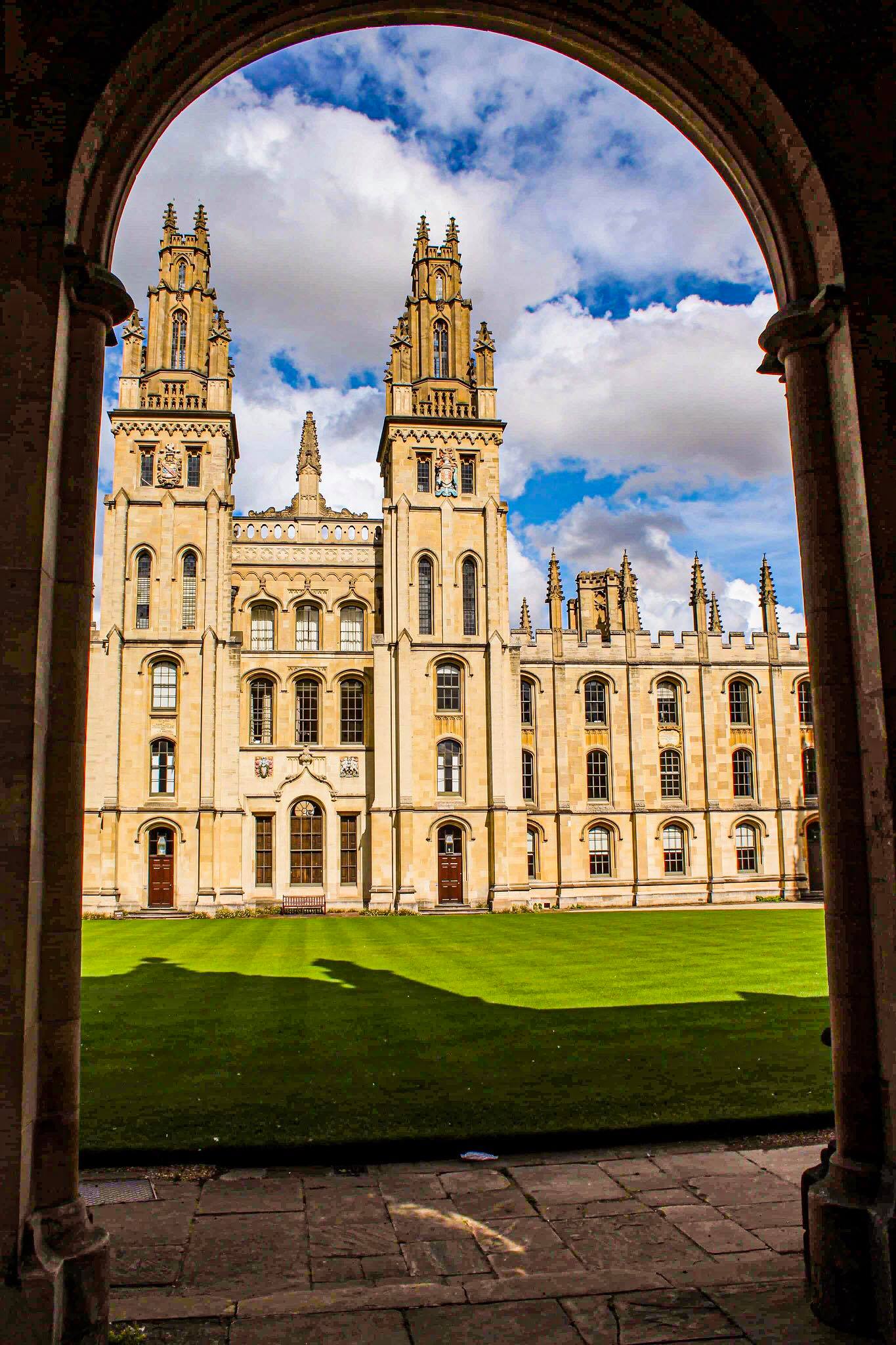
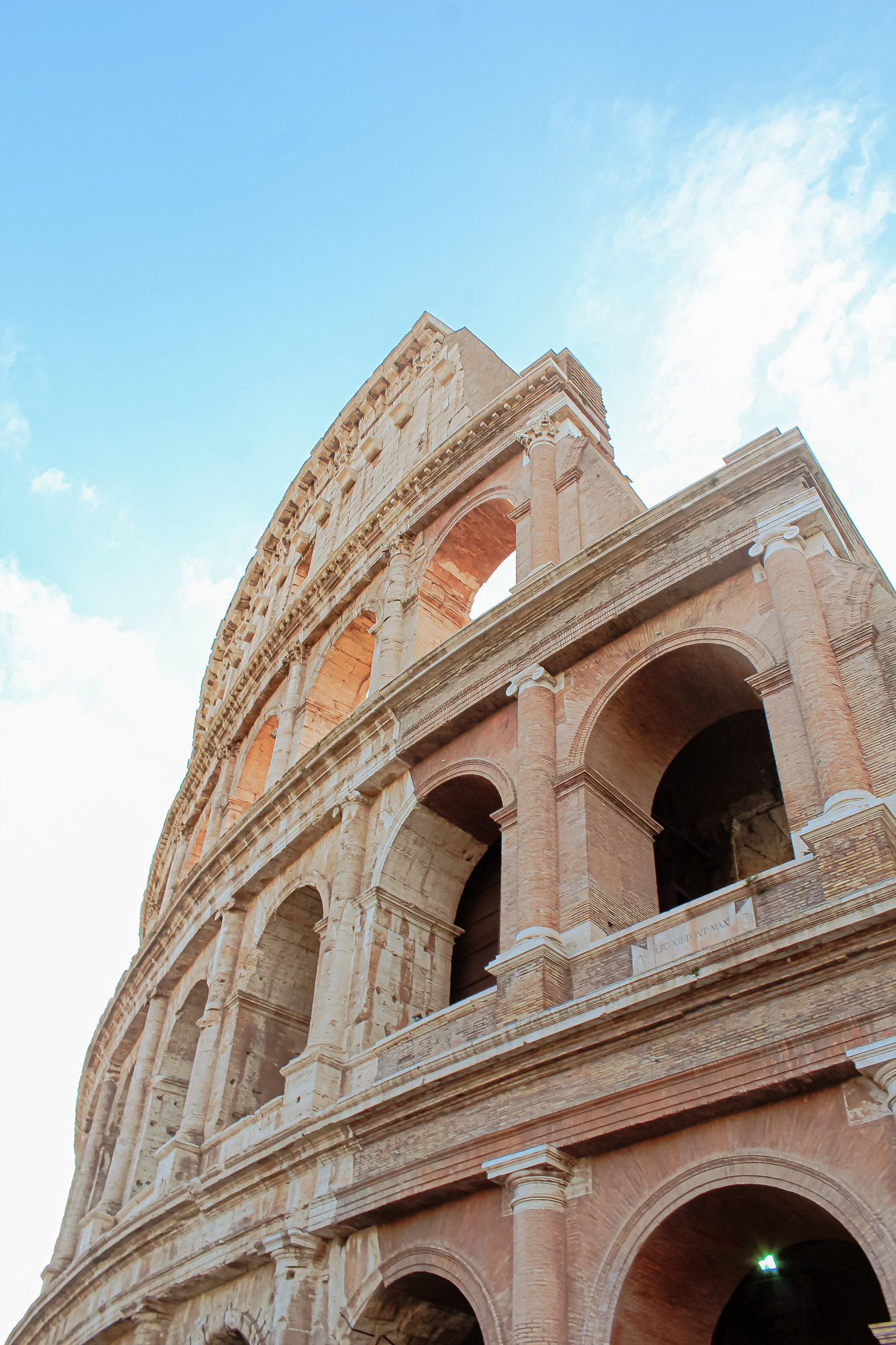
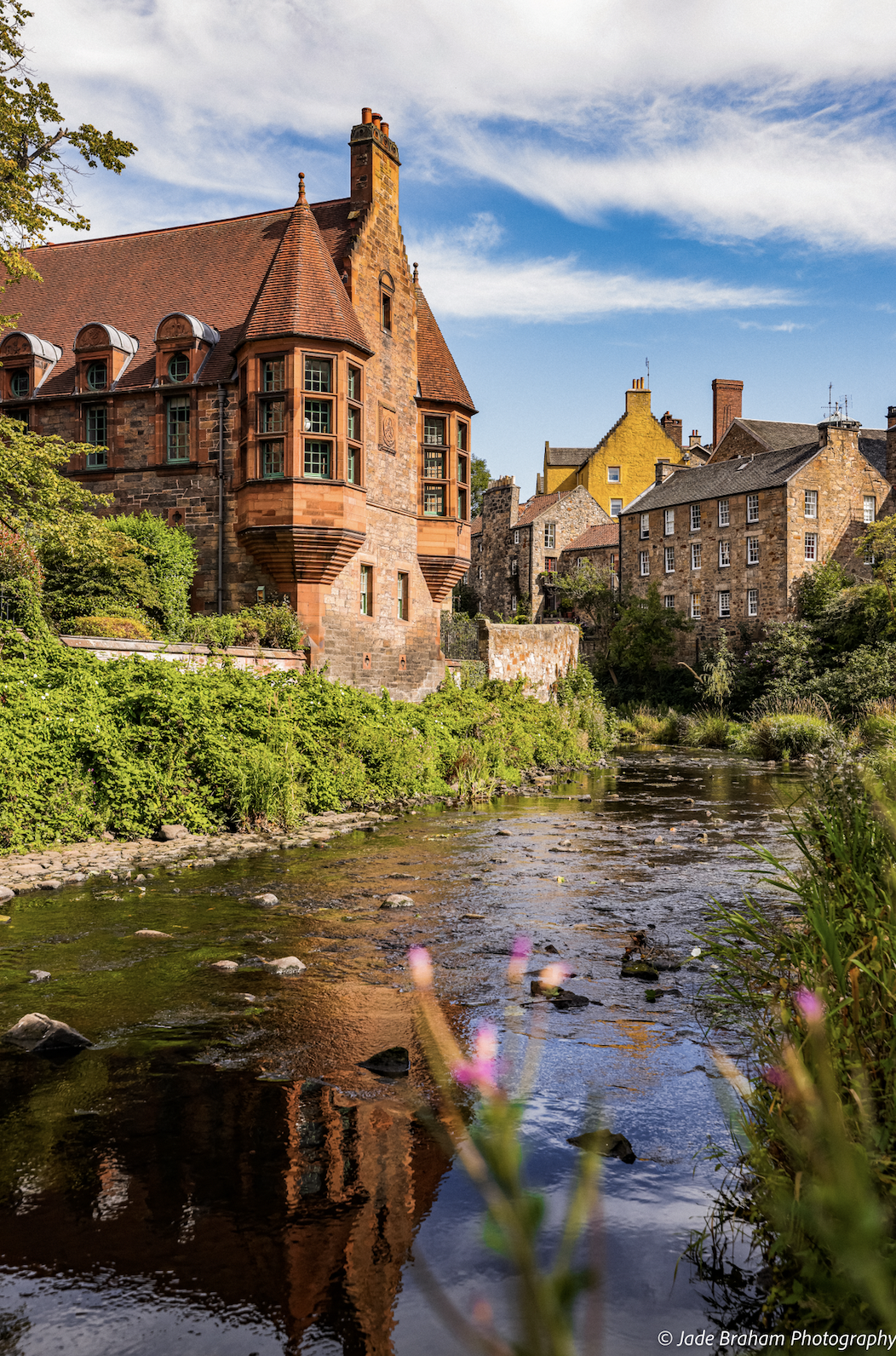
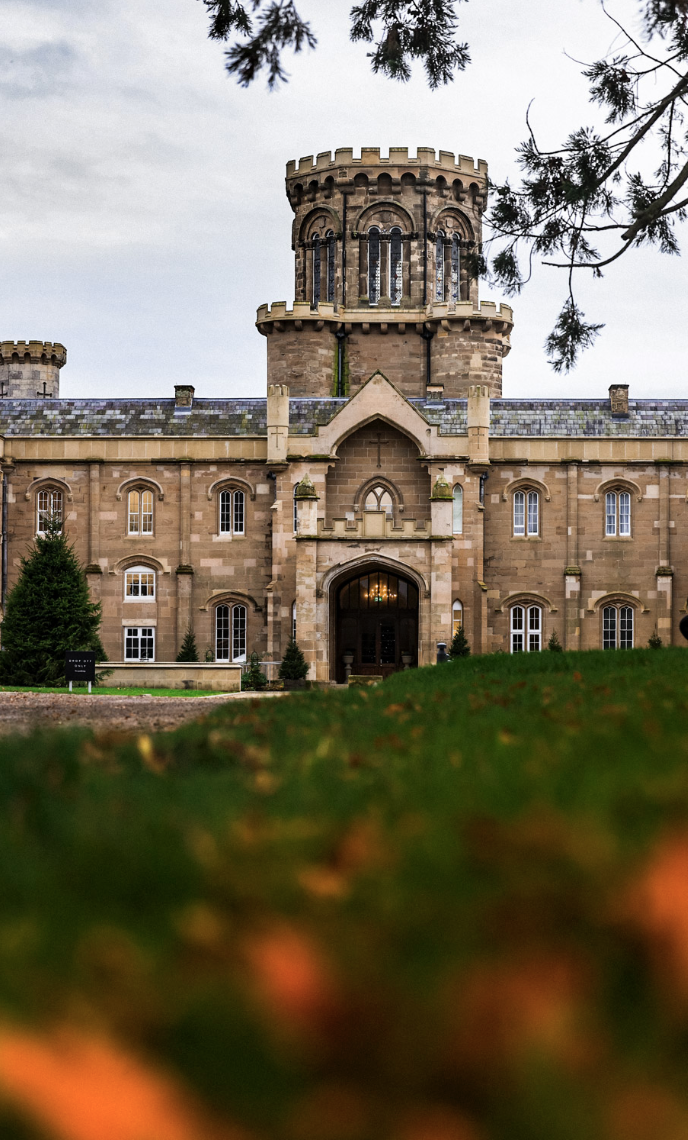
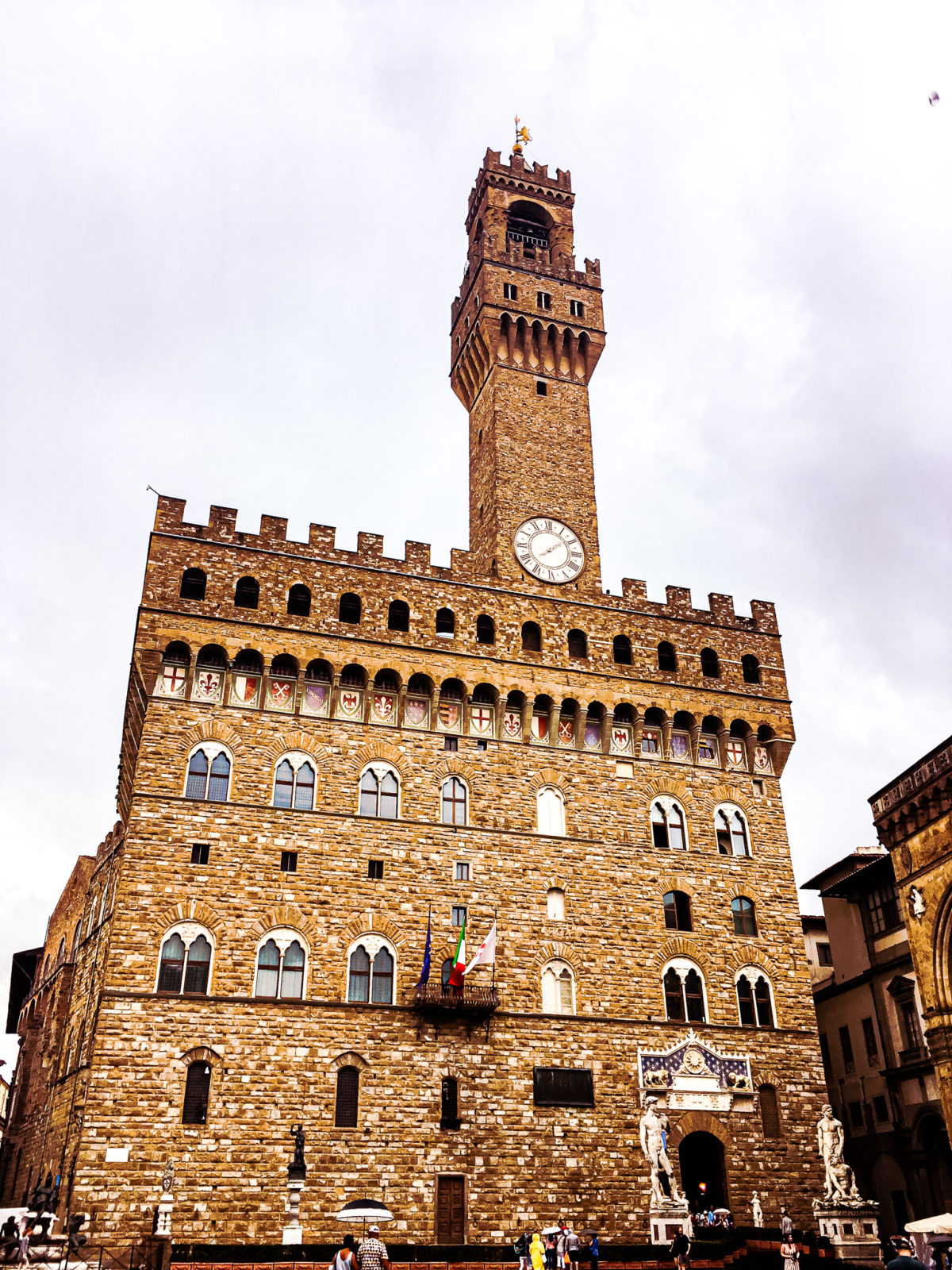

Wow! I’ve always wondered about the history behind this but never got a chance to look it up. Thanks so much for all the details and such great photos!!
Thank you so much! It is amazing what a single place can tell you about the past, isn’t it?
Interesting facts you got in here. Looking forward on hearing more about history and their culture.. So astonished how it changes as time goes by
It looks like such a fantastic place that I never knew much about. Definitely on my list of must visit places now.
Amazing article. That’s a whole of history there. As I saw the green waters, I wondered if people could swim in it. My question was answered at the end of your post— isn’t safe for swimming. 🙂 But how is it that it is safe for drinking?
I am honestly amazed to know how things were perceived by Romans. Loved the architecture. It must be great to walk down the stairs and walk around the great bath.
It is a great day out! I hope one day you get to go for yourself 🙂
I enjoyed reading your blog post very much! It’s full of facts that I’ve never seen before. The photos are lovely!!
Thank you so much!
This place looks really interesting, i love the historical sites! Great pictures, thank you!!
I didn’t know any of these historical points here. Roman baths sound so fascinating. Great to know.
Some more history learnt! Awesome! I actually I’m in awe about the history of the Roman bath and now I feel like Rome should be added to my bucketlit. Would want to see all these for myself too. I’ve heard a lot about the Roman bath.